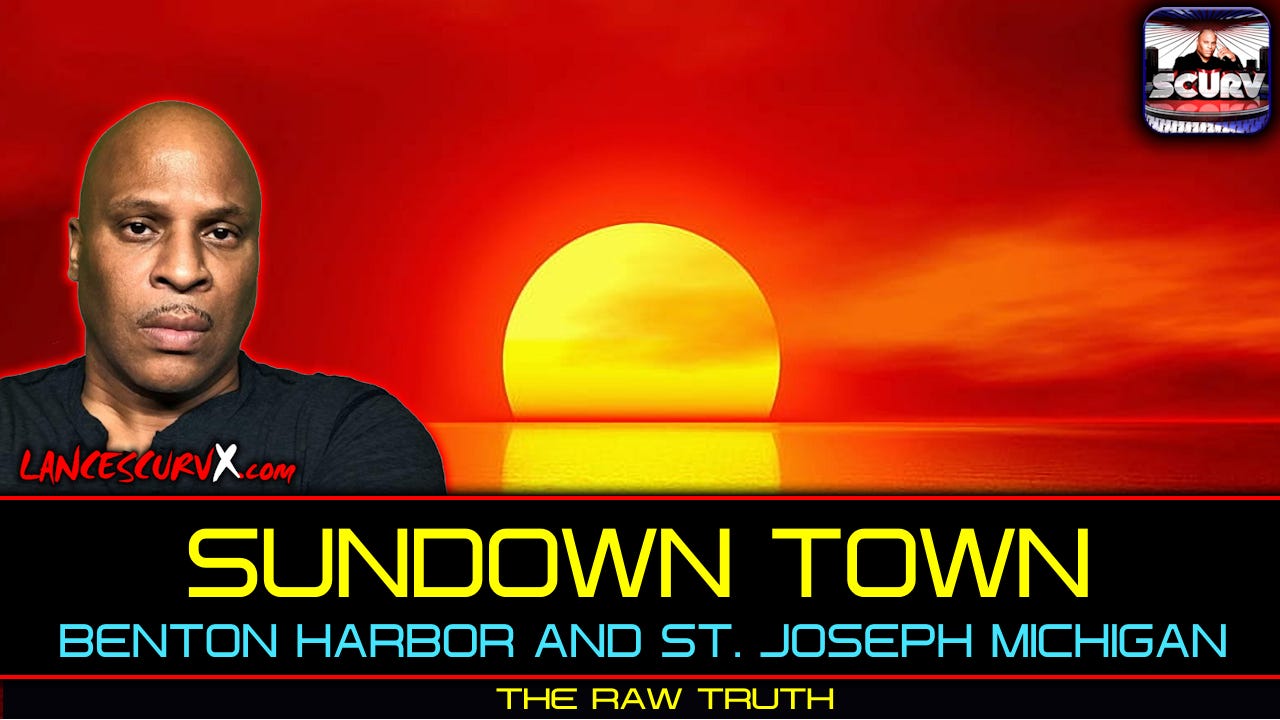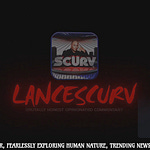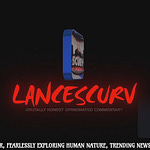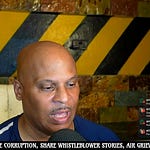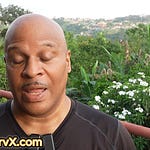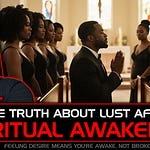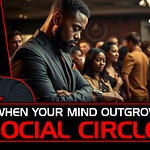The Silent Divide
America likes to paint itself as the “land of the free,” but beneath the surface lies a history of brutal division. Benton Harbor and St. Joseph, Michigan, stand as a living reminder of that divide. One city, mostly Black and struggling. The other, mostly white and privileged. They sit side by side, separated not just by a river, but by race, economics, and an unwritten code of exclusion.
When I sat down for a nearly three-hour interview with a Black man who has lived in Benton Harbor his entire life, the truth poured out raw and unfiltered. He spoke about the racism, the fear, and the strange reality of living next to a sundown town—a place where your skin color decides whether you can safely walk the streets after dark.
For those who don’t know, a sundown town is not just a relic of the past. These were towns, mostly in the Midwest and South, where signs once warned: “N*****, Don’t Let the Sun Set on You Here.” That meant if you were Black, you had better be gone by sundown—or face violence, arrest, or worse. Even without the signs today, the mentality still lingers.
The story of Benton Harbor versus St. Joseph is not just about two towns in Michigan. It’s about the American story of separation, of how white supremacy carved out spaces and kept Black people boxed in, both physically and economically. This history isn’t in the textbooks. It’s whispered about, covered up, and dismissed as “old history,” but the scars are still fresh.
And here’s the truth: these sundown towns never really disappeared. They just got slicker at hiding. Today, Black truckers still disappear in certain regions. Black families still know which highways to avoid at night. The rules are unspoken, but they are understood. And that silence is deadly.
What Is a Sundown Town?
A sundown town is a community that intentionally kept itself all-white by force, intimidation, or policy. Some posted signs at the city limits. Others didn’t need to. Everybody knew. Police enforced it. White mobs enforced it. Landlords enforced it.
From the late 1800s through the 20th century, thousands of these towns spread across America. This wasn’t just the South—it was Illinois, Indiana, Ohio, Michigan, Wisconsin, even California. After slavery ended, Black people migrated north looking for work and safety, but they were met with new cages. Instead of chains, it was curfews. Instead of plantations, it was restricted neighborhoods.
Living near a sundown town meant living with constant fear. You could work there during the day, clean their houses, pick their crops, or build their roads. But when the sun started setting, you had better get back across that line. Otherwise, the night could swallow you up.
Benton Harbor vs. St. Joseph: A Tale of Two Cities
Benton Harbor is predominantly Black. St. Joseph is overwhelmingly white. They’re right next to each other, separated by the St. Joseph River, but the gap between them feels like a world apart. For decades, St. Joseph had the reputation of being a sundown town. Benton Harbor became the place where Black families were pushed, contained, and forgotten.
Jobs, resources, and opportunities flowed into St. Joseph. Benton Harbor was left with poverty, unemployment, and underfunded schools. Black residents who dared cross into St. Joseph at the wrong time were harassed, pulled over, or worse. It wasn’t written on a sign, but it was written in the actions of police and residents.
My interviewee broke it down plain: “We were never meant to cross that river and stay. We could shop there, we could work there, but when it came to living or even just existing at night, that wasn’t for us.” That’s not just Benton Harbor. That’s the design of America.
The Unwritten Rules of Survival
Growing up near a sundown town meant learning the rules young. Don’t linger. Don’t travel alone at night. Don’t stop for gas if you can help it. Don’t challenge authority.
Survival wasn’t about freedom—it was about knowing your place.
And these rules didn’t disappear with the Civil Rights Act. They got quieter, but they’re still there. Black people traveling cross-country—especially truck drivers—still face danger. Stop in the wrong small town, fall asleep in your truck, and you might not wake up. Families of missing Black truckers have spoken about this, but the mainstream media stays silent. It doesn’t fit the narrative of progress.
This is the chilling truth: America wants to believe sundown towns are “ancient history.” But the reality is, the mindset never left.
Sundown Towns and America’s Dirty Secret
Sundown towns prove that racism in America was not just about the South. It was systemic, intentional, and nationwide. From slavery, to Black Codes, to Jim Crow, to redlining, America has always found ways to box Black people in. Sundown towns were just one more tool in that arsenal.
Even today, when you hear about “bad neighborhoods” and “good neighborhoods,” the language may have changed, but the meaning hasn’t. America still divides. America still excludes. Benton Harbor and St. Joseph are living proof.
Conclusion: The Ghosts Still Walk Among Us
Sundown towns were never just about a curfew. They were about control. They told Black people: you don’t belong here. You can work for us, but you can’t live with us.
You can clean our houses, but don’t sit at our table. And if you forget that? You might not make it home alive.
Benton Harbor and St. Joseph show us that America’s racial divide isn’t always in the deep South. Sometimes it’s in the Midwest. Sometimes it’s right next to you. The river between them is more than water—it’s the line between privilege and poverty, acceptance and exclusion.
We can’t afford to forget this history. Because forgetting it allows it to keep happening. Every missing Black trucker, every Black family steered away from certain communities, every whispered warning passed down to kids—that’s the legacy of sundown towns.
The interview I conducted wasn’t just testimony—it was truth. Lived, felt, and still happening. America hides behind slogans of freedom and equality, but the reality is raw: sundown towns still exist. The signs may be gone, but the mindset is alive and well.
And until we confront it, openly and honestly, America will keep living this double life—pretending to be free while keeping certain people trapped. That’s the real America. And that’s why this story has to be told, raw and uncut.



